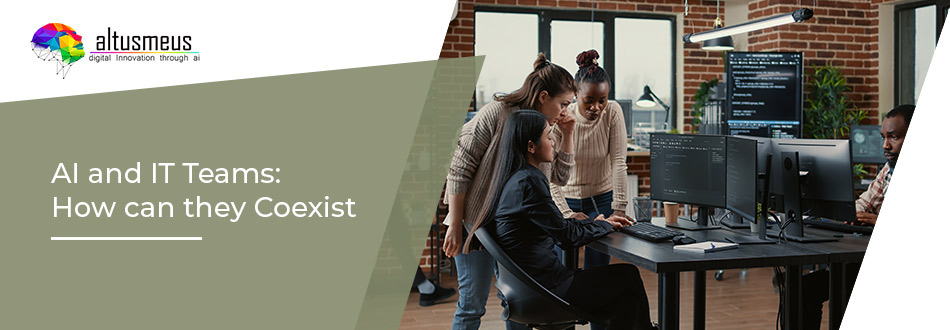With the emerging need for technology in business to increase efficiency and productivity, IT has come a long way. While some companies hire third-party consulting firms to help and assist in their IT departments, most organizations have in-built IT departments that work solely to increase the efficiency and proper functionality of their business aligned with the new technology and tools available.
But organizations do not stop there. While IT departments are now considered an essential and vital part of any company, AI has shown a significant enhancement in organizations. It is in the best interest of larger organizations to have both IT teams and AI practitioners work together and achieve common goals.
What are the differences between AI and IT Teams?
Although the two teams, the IT department, and AI data scientists and practitioners have a common goal to create a steady platform for long-term data transfer and accessibility to all employees in the company, while keeping it safe and secure, the two teams aren’t often on good terms.
Despite their common goal, the two teams work with completely different objectives and are on different routes to achieve their common goal. IT departments are hired to overlook stability, proper functionality, security of transfer channels, and provide data access to employees, and also clients. Now thinking of AI practitioners, their work is completely different. AI team wants to improve and work upon the errors and problems in any area at costs un-payable by the IT department. They are hired to improve the systems with the help of AI tools, so as to help employees with data management and ultimately clients with user-friendly and smooth interfaces.
This is where the conflict begins, and the teams clash while performing their respective jobs. AI teams require enormous amounts of data from each department to work with, they require access to all necessary channels and not to forget the network force they need. This might jeopardize the entire data at hand.
How can they coexist?
The trait that keeps the two teams working together is the result of maintaining long-term stability. While AI teams work with tools and come up with solutions new and unfamiliar to the IT department, the results it shows in solving problems and handing control over to the IT department is what the end goal is.
In many organizations, leaders have merged or grouped these two teams together for projects and common goals to decrease conflicts as much as possible. But still as the demands of AI teams increases, and IT teams are not able to provide, this turns into a help desk ticket. In most organizations, ¾ of the time, the demands of AI teams are headed to help desk tickets.
Many organizations have their tasks a lot easier when the two teams work together, making the possible and required changes to remove the complexity of applications and software and make it easy for users and clients to experience.
IT teams and AI teams can coexist with common grounds given by the organization, and a clean sheet of goals to achieve. This will give IT teams clarity of priorities, emergence, and problem-solving applications that IT is familiar with. On the other hand, inform AI teams of the limited resources, and a clear vision to put out ideas and get innovative and creative solutions on the desk while using a method understood by the IT department.
Conclusion
At the end of the day, both teams want the same thing, and the results can be astonishing for both, but the way and hustle to get there can be challenging. So, to make these teams coexist and work effectively together, leaders and employers are required to make common grounds for both teams’ understanding, since neither of the team is very familiar and understand each other’s core responsibilities.





